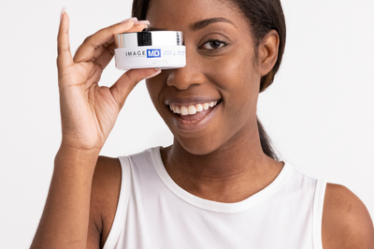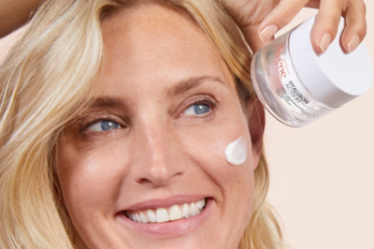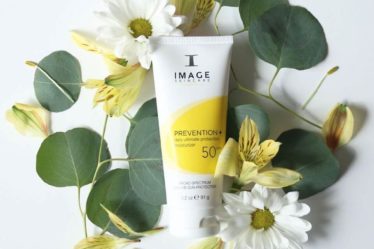
What is it Photoprotective topical product for the skin that helps protect against sunburn and prevent skin cancer
How does it work
SPF is a measure of how much solar energy (UV Radiation) is required to produce sunburn on protected skin. The higher the number the less UV passes through. SPF is not directly related to time of solar exposure but to the amount of solar exposure.
So, it doesn’t indicate how long you can stay in the sun rather than the amount of sunburn protection provided by the sunscreen.
A Guide to protection /Filtration
SPF 15 filters 93%
SPF 30 filters 97%
SPF 50 filters 98%
SPF 100 filters 99%
Effective Application – The Teaspoon and shot glass rule!!
Teaspoon for face and neck and shot glass to cover all other exposed areas of the body.
NOTE: Effectiveness depends on proper application. Apply 20 minutes before going out in the sun to let it dry in and absorb properly
Interesting facts about SPF
There are three types of UV rays UVA, UVB and UVC. UVA may contribute to the ageing process and DNA changes and UVB may cause surface tanning and burning of the skin. Broad-spectrum is the term used in SPF creams to indicate protection from both.
Sunscreen only last 2 hours
Certain chemical ingredients within sunscreen may break down when exposed to sunlight and air thus reducing their effectiveness at providing adequate protection from UV intensity after a couple of hours.
You will still tan with SPF. Whilst sunscreen works to reflect and absorb most UV rays it is designed to let a small number in. No sunscreen can block 100% of the suns UV rays and this enables you to tan whilst wearing it. Even SPF 50 does not block all ultraviolet rays which are the ones that colour your skin You can get a tan while ensuring you don’t burn and help avoid skin cancer
Sunscreen does expire. While it can remain at its original strength for 3 years (once unopened) Sunscreen does loose its effectiveness over time, and you need to respect the expiration date.
You can sunburn in the shade. Shading your self can leave you sunburnt as you may still be exposed to UV rays in the shade due to light reflecting off other surfaces
Only apply SPF to babies over 6 months old. Babies skin doesn’t have the ability to metabolise and excrete chemicals often found in sunscreens A baby’s skin doesn’t fully finish developing until their about 2 months old so until then keep in shade.
No sunscreen is waterproof or sweat proof but can be Water resistant – effective for up to 40 minutes in the water Very water resistant – effective up to 80 minutes in water So, again reapply every 2 hours!
Myths
Dark skin doesn’t need SPF = While people with dark skin tones have more
melanin therefore natural sun protection, they are not immune to sun damage. Everyone regardless of skin colour should use SPF.
You only have to wear sunscreen on sunny days – Sun damage occurs for UV rays which can penetrate clouds even on an overcast windy or cool days
Makeup with SPF is enough; you don’t need a separate sunscreen – NOT TRUE –although beneficial it does not give adequate protection best to apply SPF 50 beneath your makeup.
SPF lasts all day – SPF effectiveness diminishes over time because of factors
such as sweating, swimming or simply wearing off through contact or touch. Reapply every 2 hrs.
Fake tan protects skin from sun damage – No this should not be relied upon for protection.
SPF stops you getting a tan
So, what happens if you never wear SPF?
The UV radiation can damage the collagen and connective tissue in your skin, this leads to loss of elasticity in your skin causing wrinkles, saggy aged skin to appear at an earlier age. Bad burns and over exposure may lead to DNA damage and skin cancers.
Effective sun protection requires more than sunscreen – as a rule slip on
protective clothing, slop on water-resistant broad-spectrum SPF 50, slap on a broad-brimmed hat, seek shade between 12 – 3pm and slide on a pair of
sunglasses.



